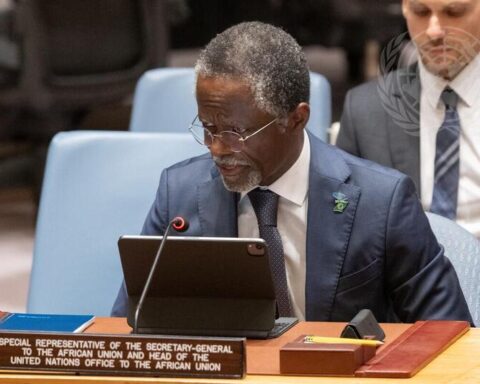The markets had been bracing for impact all week, eyes glued to headlines, ears tuned to every cryptic tweet or offhand remark from Washington. Then, on a tense Thursday evening in June, everything paused. The order had been drafted. The planes were fueled. Yet, at the very last moment, President Donald Trump pulled back.
Just hours earlier, crude prices had been climbing on fears of escalation. A U.S. drone had been shot down by Iran over the Strait of Hormuz, and speculation swirled that retaliation was imminent. Brent crude had jumped over $2 per barrel during early Asian trading, and by noon in London, traders were whispering about $75 oil.
At 7:45 p.m. Eastern time, reports emerged from senior White House sources that Trump had opted not to proceed with the strike — at least not yet. Military assets remained on standby, but the President, citing concerns about proportionality and civilian casualties, said the strike would be “paused” pending further deliberation.
In New York, West Texas Intermediate (WTI) crude plummeted by more than 3% in after-hours trading. Brent slipped back below $64. The rally unwound as swiftly as it had begun, leaving analysts scrambling to interpret the President’s strategy. Was this a bluff? A temporary de-escalation? Or the start of a new chapter in Trump’s unpredictable foreign policy playbook?
Energy desks across Wall Street went quiet. “We’re flying blind,” said a senior commodities strategist at a major investment bank. “Usually, geopolitical risk pushes oil higher. But uncertainty—especially this kind—breeds its own volatility.”
In Tehran, the Iranian government broadcast calm defiance. The Revolutionary Guard boasted of defending national airspace and warned against any provocation. In Washington, aides offered conflicting accounts of Trump’s thinking. Some hinted at internal divisions. Others suggested he was sending a signal of restraint.
At Chevron’s Houston HQ, emergency meetings were convened. Persian Gulf shipping routes account for nearly 20% of the world’s oil supply, and even the hint of disruption can rattle global markets. But now, with the strike delayed and no clear timeline for action, companies faced the worst possible combination: political instability and market unpredictability.
“This kind of whipsawing,” said an oil trader in Singapore, “destroys confidence. People start pulling back, hedging weirdly, moving into safe havens.”
Indeed, gold surged and U.S. Treasury yields sank, classic signs of a flight to safety. By morning, Asian markets were mixed. Some celebrated the aversion of conflict; others feared it had merely been postponed.
Back in Washington, Trump took to Twitter.
“America is ready. Iran made a very big mistake. But we are not rushing to war.”
It was a line that could either reassure or alarm — depending on how you read it.
For now, crude prices continued to sink, dragged down by confusion more than calm. In the high-stakes poker game of geopolitics and oil, one thing was clear: The next move, as always, belonged to Trump.
And no one could predict what it would be.
Follow us on all social media platforms @dailyquery for news and analyses around the globe.



























